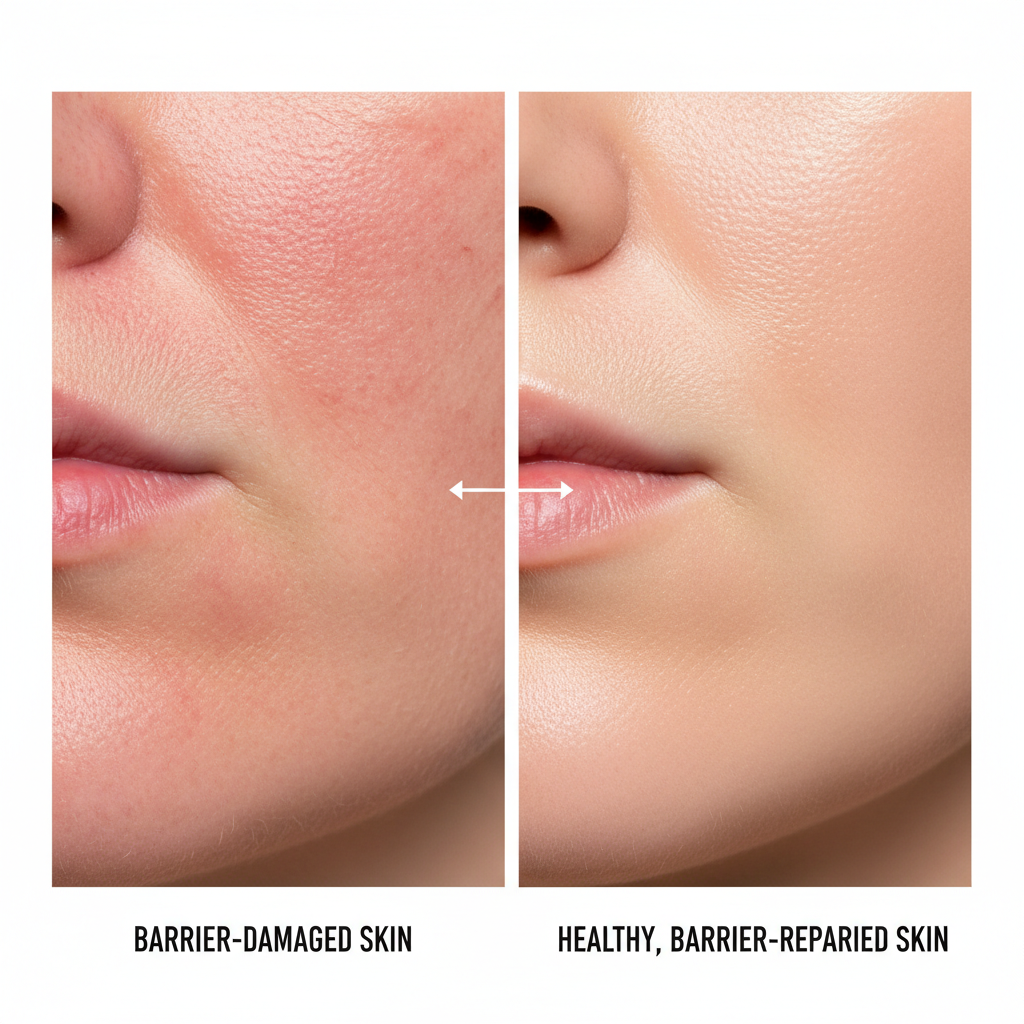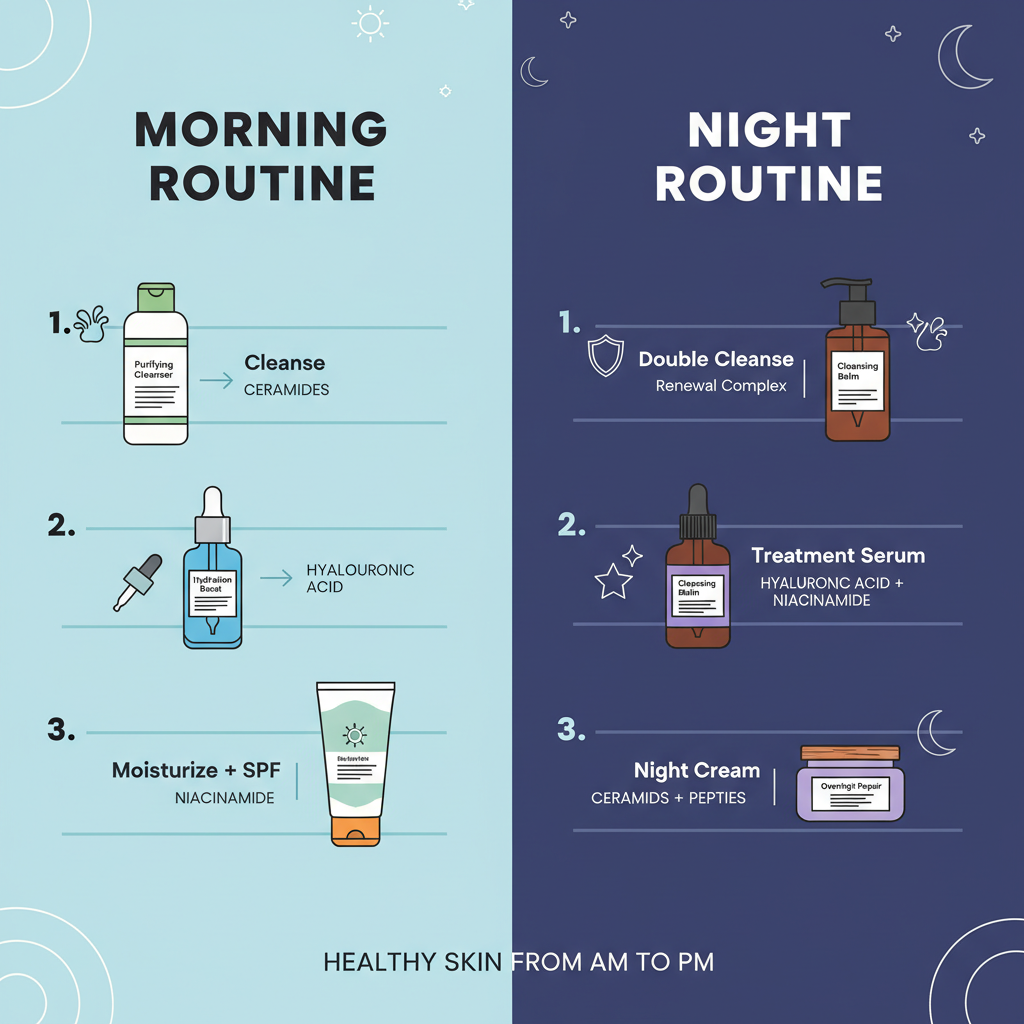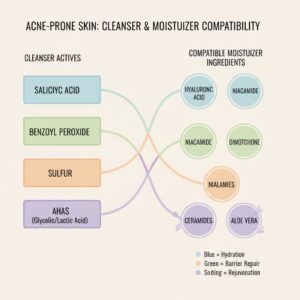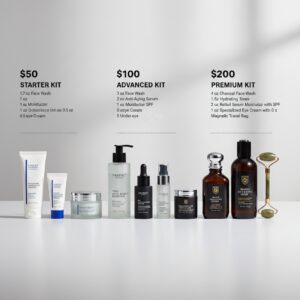
Are you stuck in the cycle of breakouts, redness, and that tight, stripped feeling—no matter how many acne-fighting products you try? You’re not alone. In 2025, the skin-care world is seeing a massive shift: barrier-first acne care. If your cleansers and moisturizers are still all about harsh foams and drying gels, you could be accidentally sabotaging your skin’s long-term health—and missing out on the clear, balanced complexion that’s actually possible.
The Real Reason Your Acne Routine Might Be Failing: Barrier Damage
Traditional acne routines usually push for maximum oil and bacteria removal. But dermatologists and skinfluencers alike now warn: over-cleansing and under-moisturizing can demolish your skin barrier—that delicate outer layer that keeps hydration in and bacteria out. When this barrier is compromised, you get not just more breakouts, but also redness, sensitivity, and that dreaded ‘nothing works anymore’ feeling.[1][2]
Harsh cleansers with sulfates and drying alcohols, once the standard for oily and acne-prone skin, are now out. The 2025 trend? Gentle, low-foam cleansers paired with barrier-building moisturizers—think formulas loaded with ceramides, niacinamide, centella, and hyaluronic acid.[1][3][4]

Real Talk: Why Ditching the Foam and Embracing Barrier Repair Works
Research-backed barrier care means fewer breakouts, less irritation, and skin that looks and feels healthy. Dermatologists highlight:
- Gentle surfactants clean without stripping.
- Ceramides and cholesterol replenish the skin’s natural defense.
- Niacinamide and centella soothe, reduce redness, and actually help control acne.
In fact, Korean skincare’s barrier-centric approach is making waves in the West, with top derms noting their acne patients often see fewer side effects and better skin texture from these strategies.[2]
2025’s Power Duos: Cleanser + Moisturizer Pairings That Treat Acne Without Trashing Your Barrier
Skip the guesswork—here are current, expert-approved cleanser and moisturizer combos that deliver results for acne-prone, oily, combination, and sensitive skin. All prices current as of November 2025.

For Oily & Clog-Prone Skin
- Cleanser: COSRX Low pH Good Morning Gel Cleanser ($12, 150ml)
Light, non-stripping, and pH-balanced with tea tree. Fights excess oil without the foam overload.[2] - Moisturizer: The Inkey List Omega Water Cream ($11, 50ml)
Gel-cream texture loaded with omega fatty acids and lightweight humectants. Won’t clog pores, but deeply hydrates.[1]
For Combination or Reactive Skin
- Cleanser: La Roche-Posay Toleriane Hydrating Gentle Cleanser ($16, 200ml)
Fragrance-free, creamy, and packed with ceramides and niacinamide. Keeps the barrier happy while removing makeup and grime.[3] - Moisturizer: Etude House SoonJung 2x Barrier Intensive Cream ($20, 60ml)
K-beauty cult-favorite: panthenol, madecassoside, and squalane calm and rebuild even ultra-sensitive skin.[2]
For Sensitive, Over-Treated Skin
- Cleanser: Vanicream Gentle Facial Cleanser ($10, 237ml)
No fragrance, no sulfates, no harsh surfactants. Dermatologist favorite for reactive and compromised complexions.[3] - Moisturizer: Dr Sam’s Flawless Moisturiser Intense (£28, ~US$35, 50ml)
Minimalist, acne-prone friendly, rich in ceramides and cholesterol, but skips heavy occlusives.[1]
Pro tip: Prices fluctuate due to demand—these barrier-friendly products often sell out during TikTok-fueled trend surges. Grab them while in stock, especially if you spot discounts during Amazon Black Friday or K-beauty flash sales!
Morning & Night: Simple, Barrier-Safe Acne Routine Examples
AM Routine
- Gentle cleanser: Don’t skip, but no need to double-cleanse unless you’ve used heavy night treatments.
- Hydrating serum (optional): Something like Dermatica Daily Hydration 5HA+Cica Serum ($22), which combines five types of hyaluronic acid with centella and niacinamide.[1]
- Barrier moisturizer: Layer it on damp skin for max absorption.
- Non-comedogenic sunscreen: Always, even if indoors—try La Roche-Posay Anthelios Mineral SPF 50 ($36).
PM Routine
- Gentle cleanser: One thorough cleanse is enough. Avoid makeup wipes—they’re barrier killers.
- Treatment (if using): Only after your barrier is stable—think adapalene gel or benzoyl peroxide. Limit actives to 2-3x/week if you’re barrier-compromised.
- Barrier serum or moisturizer: Choose one rich in ceramides, niacinamide, or centella. If your skin feels extra dry, consider layering.
Expert Tips: What to Avoid If You Want Clear Skin and a Resilient Barrier
- Skip harsh scrubs and aggressive astringents—they trigger microtears and worsen inflammation.
- Avoid daily use of foaming cleansers with SLS/SLES. They strip essential lipids and slow your skin’s recovery.[1][2]
- Don’t fear moisturizers—even oily skin needs them! Skipping this step keeps your barrier in the danger zone.
- Patch test everything. Barrier-damaged skin reacts easily, so go slow when trying new actives.
Why You Need to Act Now: The Barrier-Repair Boom Is Only Getting Bigger
Beauty insiders and dermatologists agree: 2025’s surge in barrier-first acne care is more than a trend—it’s a permanent shift. New launches from brands like The Inkey List (Ectoin Hydro-Barrier Serum, $17), COSRX, and Etude House are already selling out due to viral TikTok and YouTube dermatologist endorsements.[1][2][5] Prices are creeping up, and popular products often face months-long waitlists.
Don’t wait for another round of ‘purging’ to realize your skin needs a gentler approach. If you’re ready for clear, calm, and resilient skin—without the trial-and-error pain—make the barrier switch today.

Ready to Reset? Your Action Plan
- Pick one barrier-centric cleanser and moisturizer combo from our list. Order ASAP while in stock!
- Commit to 4 weeks of gentle, barrier-first care. Take before/after photos to track your progress.
- Share your results with friends or on social media—help others escape the harsh-skin cycle and join the barrier revolution.
Procrastination is the enemy here—every week of harsh treatment sets your barrier further back. Grab these science-backed duos now, before prices rise or they’re gone from shelves. Your skin will thank you—by actually healing.


